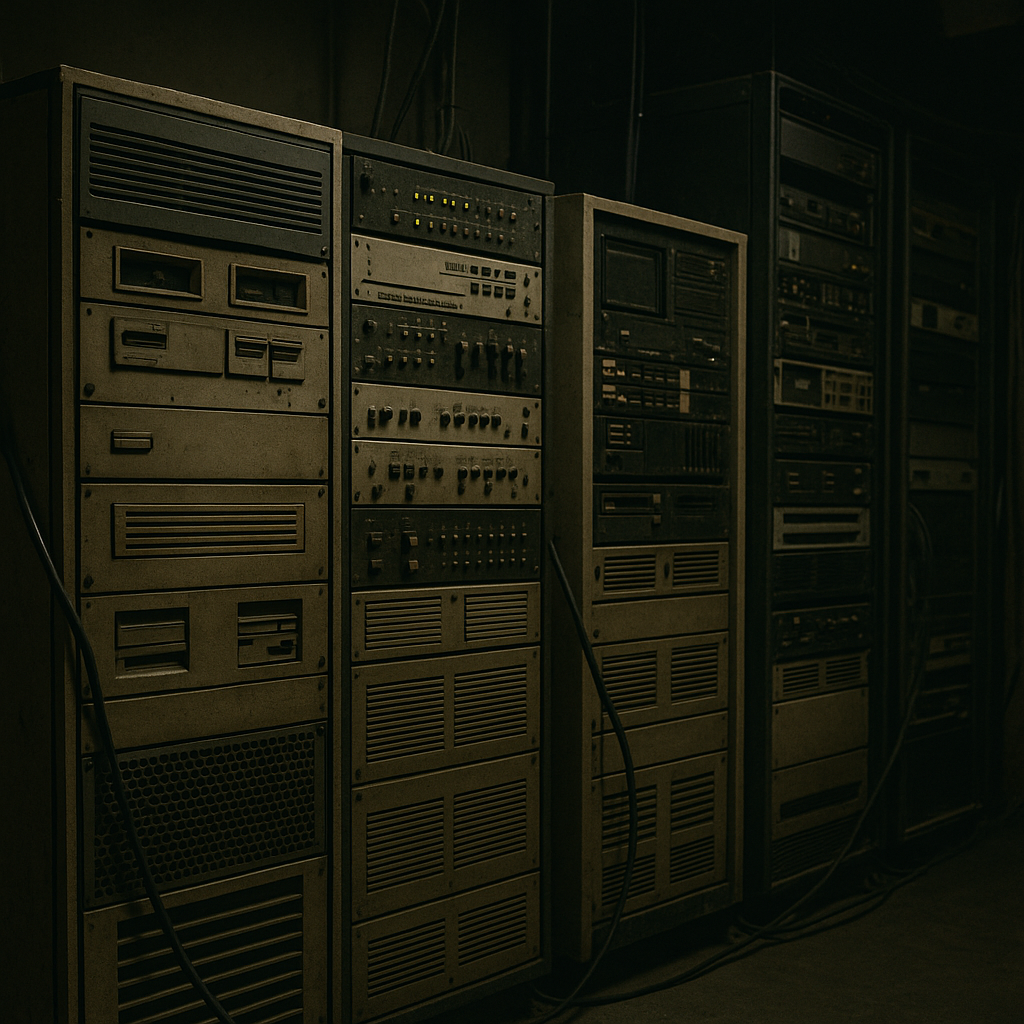December 15, 2023
What Are You Doing About Your Legacy Systems?

Chances are with very little effort; you can identify several legacy systems still being used in your company. If you are in IT, you are already well aware of them. These are the workhorses, the systems that just keep running. The ones that many technicians are afraid to touch, for fear of disrupting them.
So they run and run. Until they don’t.
That “If it ain’t broke” mentality, while understandable, can be costly to businesses. Why? Because old, dated systems bring potential dangers. Here are just a few:
Inability to handle increasing load.
Purchased years ago when there was less demand on your network, they may no longer be running efficiently, slowing down end users and even hanging up during certain stages of use.
More expensive to maintain.
Many IT professionals continue to make due with outdated technologies by creating workarounds or superficial fixes that do little to add value.
Vulnerable to cyberattacks.
One of the main reasons to upgrade systems is to be able to take advantage of the latest in security components. Plainly put, older systems are easy to hack. Continuing to rely upon old systems makes your company unnecessarily vulnerable.
On the verge of breaking down completely.
Depending on which system and when the failure occurs, this can bring a company to its knees in a matter of minutes.
If you haven’t conducted a review of all your systems lately, now is a good time to start. When evaluating actions to take, here are three things to look at:
Strategy
Are these systems still supporting your company’s strategic direction? How are they aligned with future plans?
Suppliers
What are your suppliers offering in the way of version upgrades? What benefits do those new versions provide?
Value
What is the ROI on your legacy system? Has it begun to decline as you require more workarounds or other fixes to keep it running?
In some cases, it may make sense to continue to use a legacy system. But that should be a strategic decision, not the result of inaction or lack of oversight.
At TTI, we regularly update and upgrade our TEM (telecom expense management) system to make sure it continues to keep pace with today’s complex networks and the dynamic needs of end users who are working in very different ways than they were five years ago.
When was the last time you upgraded your TEM? Want to know what has changed? Give us a shout. We’ll be glad to share all the latest improvements to our new WinBill.Net. We’re keeping pace and want to make sure you are too.